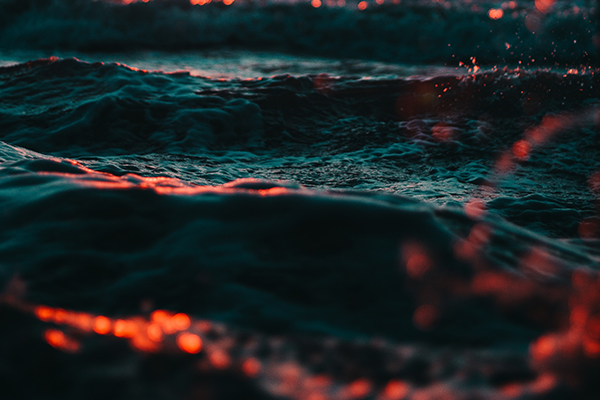
Meet the Program Director: Dr. Simon Freeman
We recently sat down with new ARPA-E Program Director, Dr. Simon Freeman, to discuss his background, interest in energy, and goals during his tenure at ARPA-E.
What brings you to ARPA-E?
For me, ARPA-E offers a chance to “do the most good”. Climate change impacts and resource sustainability concerns will be the defining challenges of this century. As we shift to a necessarily carbon neutral economy (and then a carbon negative one) there will be many transitional challenges to solve. How will we mitigate climate impacts and simultaneously shift to this new economy? ARPA-E provides the best platform on the planet to try and answer questions like these.
Can you tell us about your technical background?
I have always been interested in marine science. I learned to scuba dive when I was 15. That led me to study marine science and engineering, because I was fascinated by the way things worked underwater. My graduate thesis involved the analysis of environmental signals through advanced signal processing. That led me to work for the Navy for 9 years as an oceanographer specializing in underwater acoustics hardware and software development. Through new ways to look at the world, my colleagues and I discovered new things including how marine algae make sound when photosynthesizing, something that is ubiquitous but was previously unrecognized. I hope to not only put my sensor and environmental expertise to good use at ARPA-E, but also help to solve long-standing energy and climate problems by looking at them in new ways.
Looking back at your past professional experiences, how have they informed your current understanding of energy issues?
I am particularly interested in marine Carbon Dioxide Removal (CDR). Most proposed marine CDR techniques involve distributed carbon sequestration, which is challenging to quantify and thus monetize in a carbon market. Finding diffuse, large-scale environmental phenomena in the oceans is something that oceanographers are often tasked to perform. While their solutions are oftentimes imperfect, their approaches in attempting to understand complex environmental systems with insufficient sampling capability or only through inferential techniques are models for how we may quantify marine CDR performance in the future.
What existing ARPA-E programs will you be working on as you begin at ARPA-E?
I have taken over the MARINER program, which seeks to enhance our energy independence and provide new sources for biomass through technological advancements in macroalgal aquaculture. As we grow to need millions more tonnes of food or biomass for synthetic fuels, farming it at sea offers a viable solution as it requires no additional land use.
What out-of-the-box ideas or technical whitespaces do you want to introduce once you get settled in at ARPA-E?
- How we quantify negative carbon processes at sea (sensors, models and platforms), facilitating development of a completely new negative carbon blue industry.
- New ways of strengthening our critical mineral supply chain without using environmentally destructive methods at sea.
- Accelerating the adoption of electrified maritime vessels and networked at-sea vehicle charging infrastructure.
- Leveraging the upcoming small modular reactor ‘revolution’ for climate mitigation purposes.
What goals do you hope to accomplish by the time your tenure at ARPA-E comes to an end?
During my time at ARPA-E, I would like to give people hope in order to discount climate anxiety. I hope to empower folks and show them they have the ability to solve the grand challenges of our time.
